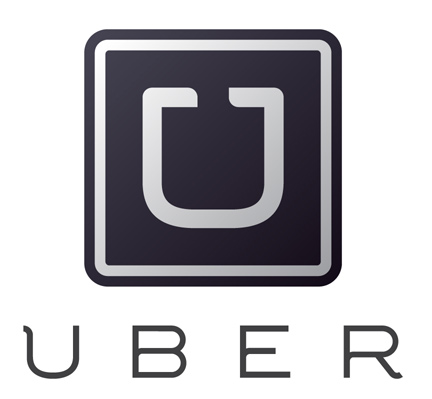 Innovation can’t be legislated. It can’t be bought. Where does it come from?
Innovation can’t be legislated. It can’t be bought. Where does it come from?
Innovation comes from identifying customers’ needs and meeting them. Easy to understand. Hard to do.
Companies like Uber, Airbnb, and Intuit understand this–and they’re doing it. Uber’s success, for example, has come not from building new, better taxis but from seeing–and then solving–people’s transportation problems.
Want to know where to put your innovation efforts? Uncover your customers’ unmet needs using these methods:
- Existing data: Sometimes the solution is sitting right in front of you. Review old survey results, recordings of customer interviews, and customer-support call logs. There’s no point in funding an extensive and expensive research campaign if the data you need is already collected. Save the budget for data you don’t have and more advanced questions you’ll need to get answered.
- Stakeholder interviews: Start with sales and support teams. They know the product and the customer. They often have a list of feature requests, bug reports, and enhancements–straight from the customer’s mouth. Combine these to generate a preliminary list of requirements. Look for patterns, but don’t automatically dismiss one-offs–look to corroborate them with findings from other methods.
- Process mapping: If you know your customer’s process, map it out. For example, before Uber came along, the process of getting a ride looked something like this: call a taxi company, wait to reach a dispatcher, wait for a car to be dispatched, hope the driver finds you, wonder how much to tip, and hope that you had enough cash when you reach your destination.
- Customer-journey mapping: A customer-journey map is a visualization of the process a customer goes through when engaging with a product or service. It takes process mapping to a new level by including multiple phases and touchpoints a person goes through from prospect to loyal customer. This map is a living document meant to unify fragmented efforts and identify points of friction and opportunities for improvement. Finding and fixing the pain points in a customer’s journey isn’t just about damage control, it’s about the innovation that comes from eliminating the pain.
- “Follow me home” research: This is a type of ethnographic research that relies on observation by literally following a customer home or to work. It’s a technique I learned while at Intuit. A product manager and researcher would follow a customer to her workplace, where they spent the day watching her do her job. They looked for process pain points, knowing that these represented opportunities of improvement. During one such exercise, a team of researchers noticed that retail customers were exporting their transactions from their point-of-sale cash registers into QuickBooks to manage their books. This step took time and sometimes led to failure and frustration. The innovative solution? Developers integrated QuickBooks into a cash register and eliminated the export step for customers, now called QuickBooks POS.
- Customer interviews: Ask customers what problems they have and what features they want. Use the “Five Whys,” a technique that helps you get at needs that people don’t even know they have, needs that no one has recognized before. Even when customers can’t articulate their needs clearly, a skilled interviewer can often gain insights that lead to successful innovations.
- Voice-of-the-customer surveys: These surveys collect data, from email or from a pop-up on a website, about the attitudes and expectations of existing or prospective customers. Use a mix of open-ended and closed-ended questions to see what produces the most useful data. While customers aren’t necessarily good at identifying their needs, this type of survey often yields data from which a trained analyst can discern customer goals, challenges, problems, and attitudes–and then recommend opportunities.
- Competitive analysis: Consider using research firms who might present a more objective face to customers who engage with your organization and its competition. Consider using the SWOT matrix, which identifies competitors’ strengths, weaknesses, opportunities, and threats. SWOTs can be used for a brand, product, or even an experience. Define the competition both narrowly and broadly. For example, when we tested the online-checkout experiences for a US-based mobile carrier, we analyzed the competitors in the same industry (Sprint, Verizon, and At&T) as well as companies in other industries (DirecTV and Comcast) whose websites have a checkout process that integrates products and service contracts.
While you might not be working at the next Airbnb or Uber, wherever you work, if you identify unmet customer needs, you can contribute to revolutionary innovation. Consider the humble thermostat. The technology went along just fine as it was for decades. Then along came Nest, who “rethought a device most people ignore,” revolutionizing the way we heat and cool our houses.


